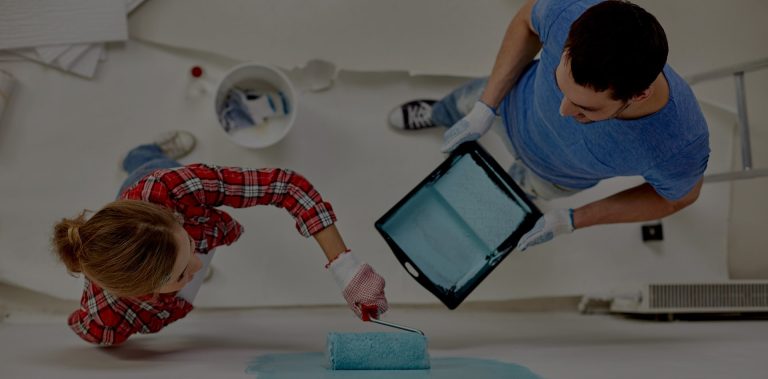House Painting Tip – Tannin Bleeding Explained
Painting your house can dramatically improve its appearance and increase its value. However, one common issue that homeowners may encounter, especially when painting wood surfaces, is tannin bleeding. Understanding what tannin bleeding is and how to prevent it is crucial for achieving a flawless paint job.
What is Tannin Bleeding?
Tannin bleeding occurs when tannins – natural, color-rich compounds found in many types of wood – seep through the paint, leaving unsightly brownish or yellowish stains. This phenomenon is most common in woods like cedar, redwood, mahogany, and oak. Tannin bleeding can ruin the look of your paint job, especially when using lighter colors.
Why Does Tannin Bleeding Happen?
Tannin bleeding is most often triggered by moisture. When wood is exposed to water, either from rain, high humidity, or dew, the moisture draws out the tannins from the wood, allowing them to seep through the paint. Additionally, direct sunlight can exacerbate this issue by breaking down the paint and making it more susceptible to tannin stains.
How to Prevent Tannin Bleeding
-
Choose the Right Wood: If you’re working on new construction or replacing wood, consider using woods that are less prone to tannin bleeding.
-
Proper Wood Treatment: For woods prone to tannin bleeding, it’s essential to treat the wood correctly before painting. Start by cleaning the surface thoroughly and letting it dry completely.
-
Use a Primer: Applying a high-quality, stain-blocking primer is crucial. Primers are specifically formulated to prevent tannins from seeping through the final paint coat. Oil-based or shellac-based primers are typically most effective in sealing in tannins.
-
Quality Paint: Invest in high-quality exterior paint, which is more resistant to the elements and can better prevent tannin bleeding.
-
Optimal Painting Conditions: Try to paint in dry conditions and when direct sunlight is not overly intense. Moisture and heat can compromise the paint’s ability to block tannins.
-
Regular Maintenance: Periodically inspect painted surfaces for signs of tannin bleeding or paint deterioration. Early detection can prevent more extensive damage.
Addressing Existing Tannin Bleeding
If you’re dealing with a case of tannin bleeding on an existing paint job, the process of fixing it involves cleaning the affected area, lightly sanding if necessary, and then applying a stain-blocking primer before repainting.
Conclusion
Tannin bleeding can be a frustrating issue, but with the right preparation and materials, it can be effectively prevented. Understanding the nature of the wood you are painting and taking the appropriate steps before, during, and after painting will help ensure a long-lasting, beautiful finish on your home.
Whether you’re a DIY enthusiast or planning to hire professionals, being aware of issues like tannin bleeding is crucial. A well-executed paint job not only enhances the aesthetic of your home but also provides long-term protection to your valuable investment.
Happy Painting!






